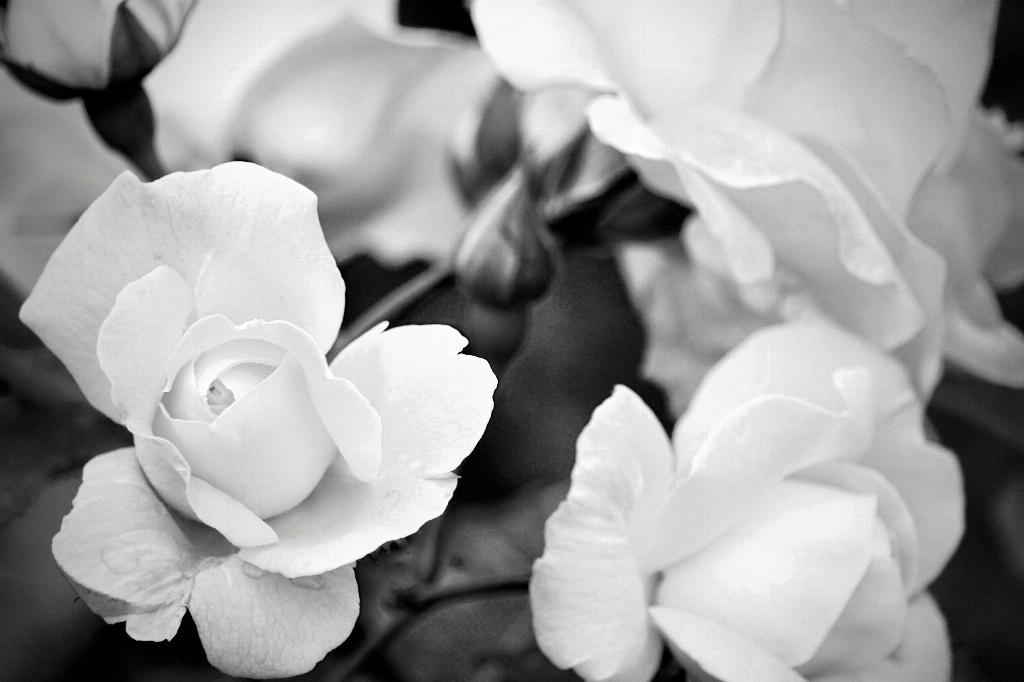When gardenia leaves start to turn yellow, it can be a cause for concern for any plant enthusiast. The vibrant green hue of healthy leaves can quickly fade, leaving behind a less than desirable sight. One of the most common explanations for this phenomenon is a nutrient deficiency within the plant. If root rot has been ruled out as the culprit, it is likely that the yellowing is a result of inadequate levels of essential nutrients.
Identifying Nutrient Deficiencies
Yellowing of older gardenia leaves may signal a lack of nitrogen or magnesium, two vital nutrients for healthy plant growth. These deficiencies often manifest as a loss of color in the leaves, starting at their tips and spreading throughout the rest of the foliage. On the other hand, young gardenia leaves turning yellow could indicate a shortage of iron, another crucial element for the plant’s development.
The Role of Nitrogen in Leaf Health
Nitrogen plays a pivotal role in the photosynthesis process, aiding in the production of chlorophyll that gives leaves their green color. When gardenias do not receive enough nitrogen, their older leaves may start to yellow, showing signs of nutrient deprivation. It is essential to ensure that sufficient nitrogen is available to maintain the plant’s overall health and vitality.
Understanding Magnesium Deficiency
Similar to nitrogen, magnesium is indispensable for proper plant growth and function. A lack of magnesium can lead to yellowing of older leaves, disrupting the plant’s ability to carry out essential metabolic processes. By addressing any magnesium deficiencies promptly, gardeners can help their gardenias thrive and flourish once again.
The Importance of Iron for Young Leaves
Iron is critical for the production of chlorophyll in plants, particularly in young leaves where active growth occurs. When gardenias experience an iron deficiency, their new leaves may turn yellow, signaling a lack of this essential nutrient. By supplying the plant with iron-rich fertilizers or soil amendments, gardeners can promote healthy leaf development and overall plant vigor.
Addressing Nutrient Deficiencies in Gardenias
When faced with yellowing gardenia leaves due to nutrient deficiencies, it is crucial to take action promptly to restore the plant’s health. Depending on the specific nutrient lacking in the soil, gardeners can opt for targeted fertilizers or organic amendments to address the deficiencies effectively. Regular monitoring of the plant’s nutrient levels and providing proper care can help prevent future yellowing of leaves.
Ensuring Proper Soil pH Levels
Another factor that can influence nutrient uptake in gardenias is the soil pH levels. Gardenias prefer slightly acidic soil conditions, with a pH range between 5.0 and 6.5. If the soil pH is too high or too low, it can hinder the plant’s ability to absorb essential nutrients, leading to leaf yellowing. Testing the soil pH and adjusting it as needed can help optimize nutrient availability for the gardenias.
Providing Adequate Watering and Drainage
Proper watering practices are also essential for maintaining healthy gardenias and preventing leaf yellowing. Overwatering can lead to root rot and nutrient imbalances, while underwatering can cause stress and nutrient deficiencies in the plant. Ensuring adequate drainage and watering the gardenias consistently based on their specific needs can help promote optimal leaf health.
Monitoring Light Exposure and Temperature
The amount of light and temperature conditions can impact the overall health of gardenias and their leaf color. Gardenias thrive in bright, indirect light and moderate temperatures, ideally between 65-70°F (18-21°C). Exposure to direct sunlight or extreme temperature fluctuations can stress the plant and contribute to leaf yellowing. Providing the gardenias with the right environmental conditions can aid in maintaining vibrant, green leaves.
Inspecting for Pests and Diseases
Occasionally, yellowing gardenia leaves may be a result of pest infestations or diseases affecting the plant. Common pests such as aphids, mealybugs, or scale insects can feed on the plant’s sap, leading to leaf discoloration and damage. Additionally, fungal infections or bacterial diseases can cause yellow spots or patches on the leaves. Regularly inspecting gardenias for any signs of pests or diseases can help prevent leaf yellowing and ensure the plant’s overall well-being.
Practicing Regular Pruning and Maintenance
Pruning gardenias regularly can help promote air circulation, reduce overcrowding, and encourage new growth, ultimately enhancing the plant’s overall health. Removing dead or yellowing leaves, spent flowers, and any diseased or damaged parts can prevent nutrient competition and improve the gardenia’s appearance. By practicing routine maintenance, gardeners can support the plant’s vitality and prevent leaf yellowing.

Concluding Thoughts
Yellowing gardenia leaves can be a visible sign of underlying nutrient deficiencies or issues affecting the plant’s health. By understanding the importance of key nutrients such as nitrogen, magnesium, and iron, gardeners can address deficiencies and promote healthy leaf growth. Maintaining proper soil pH, watering practices, light exposure, and pest management are crucial aspects of caring for gardenias and ensuring vibrant, green foliage. With proactive care and attention to the plant’s needs, gardeners can help their gardenias thrive and showcase their beauty to the fullest.
